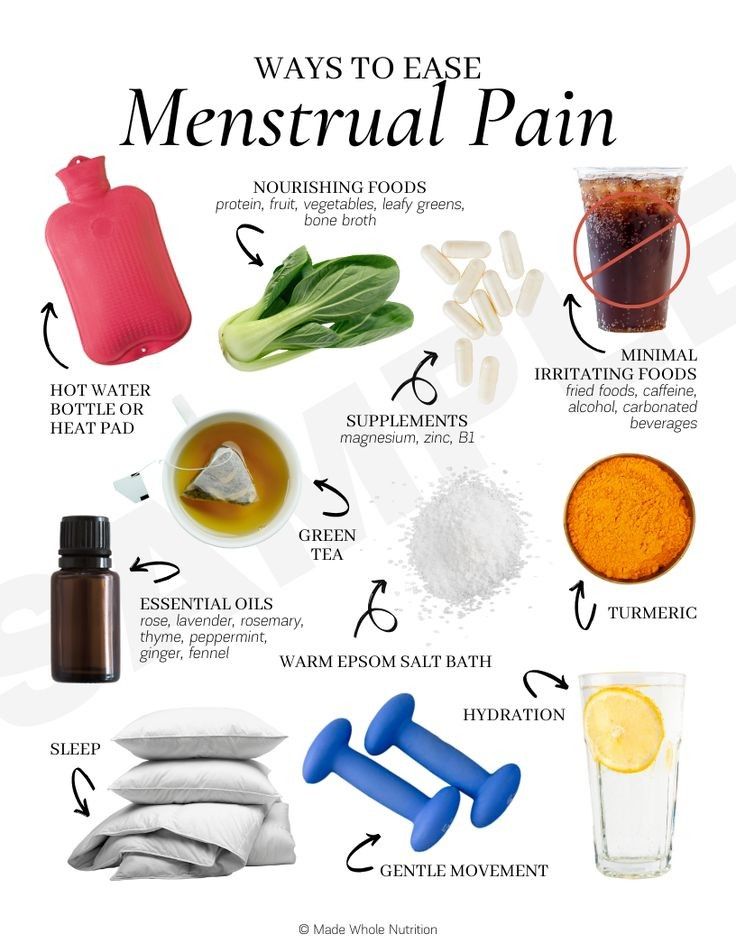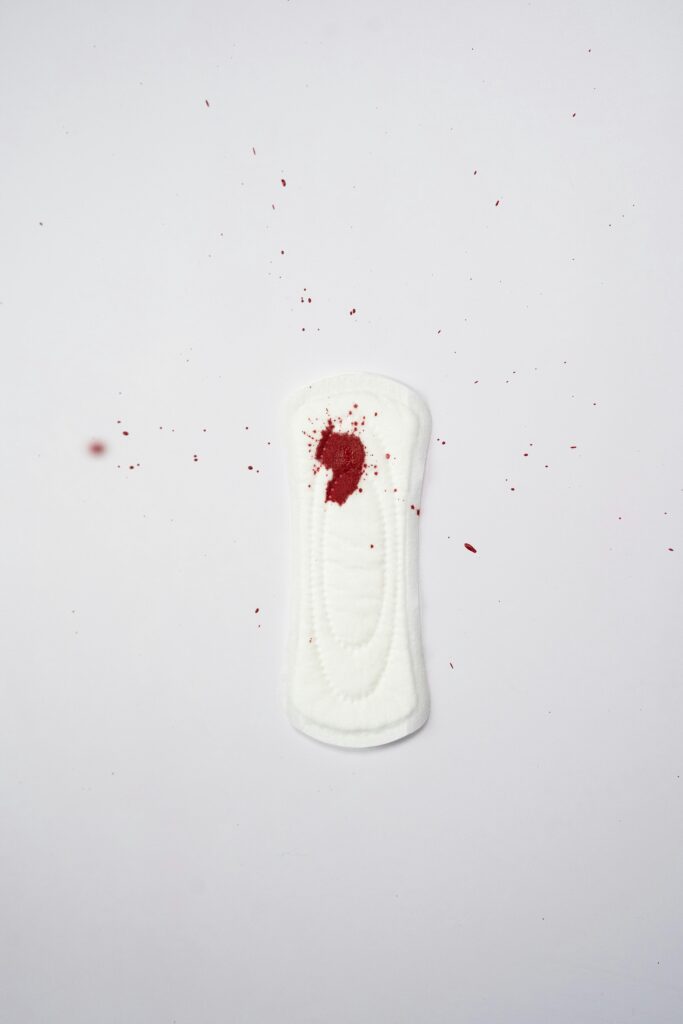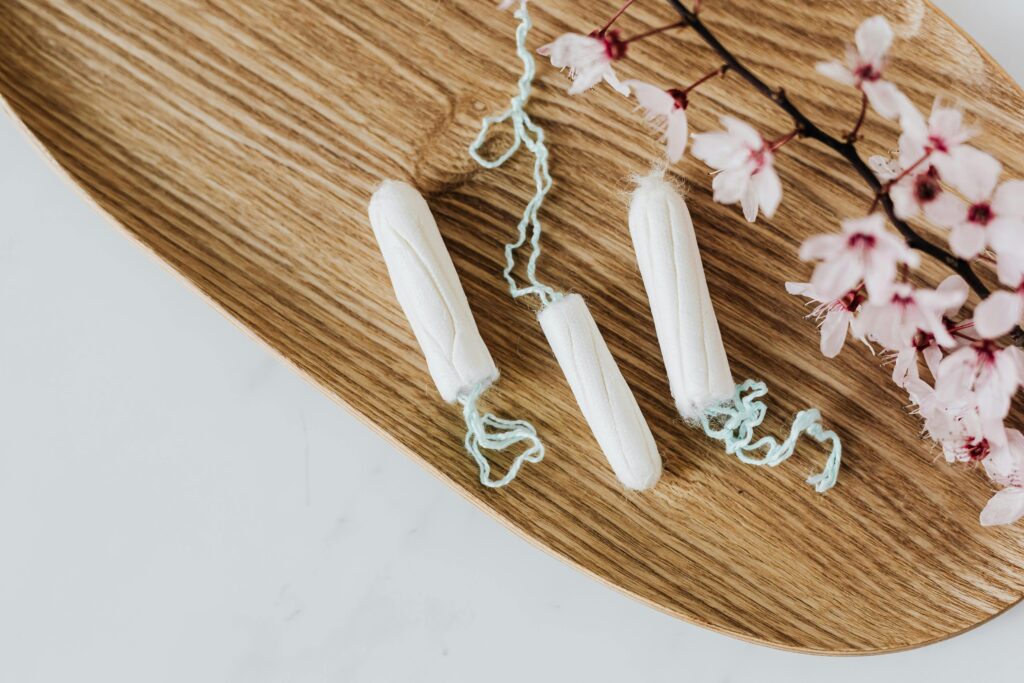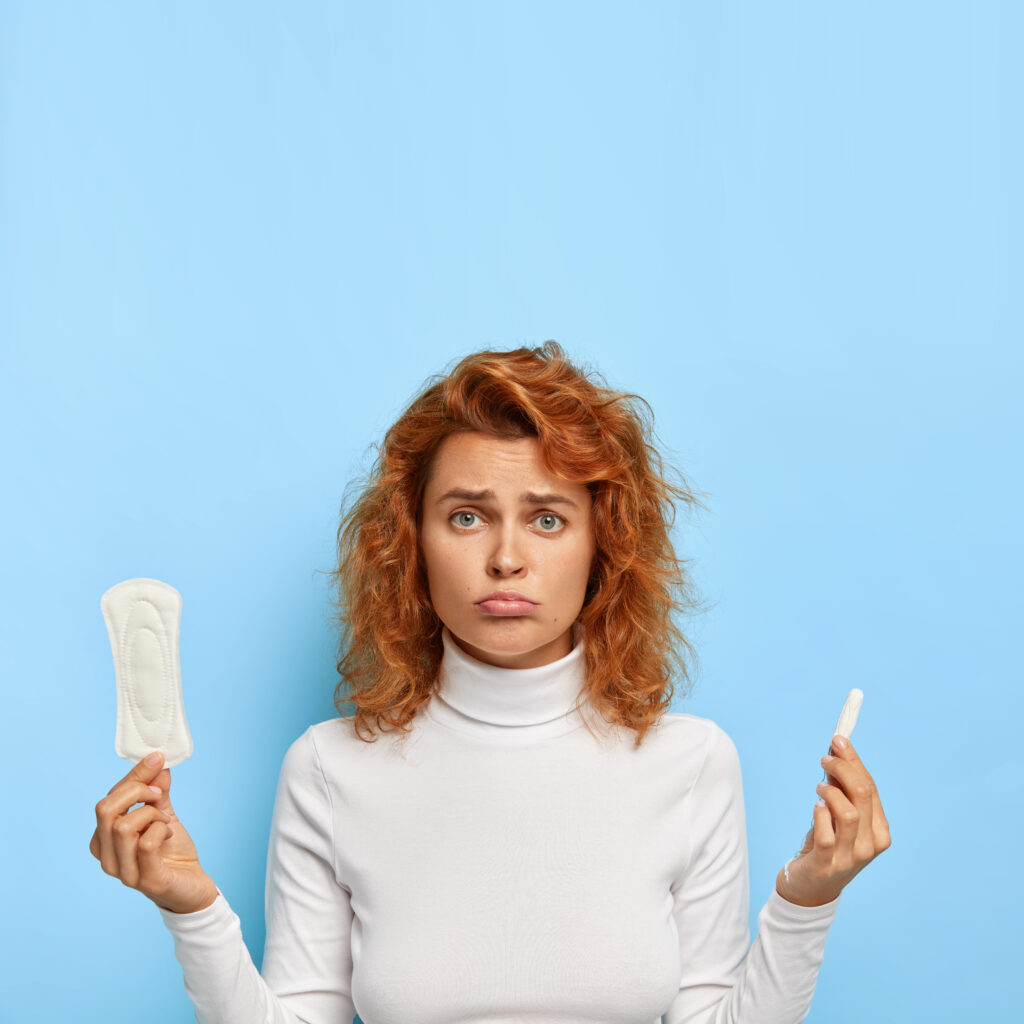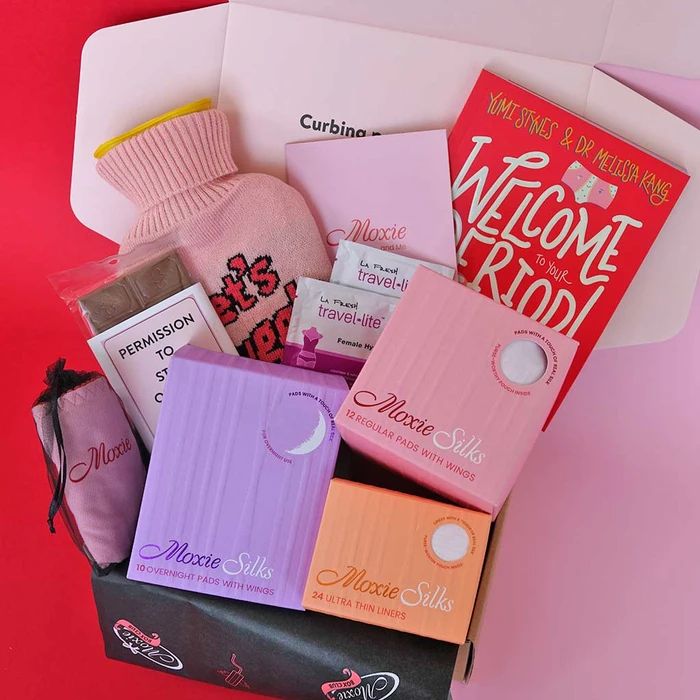Menstrual kits have emerged as essential, all-in-one packages designed to support menstruators through their cycles by providing a convenient, reliable set of products. With menstruation affecting roughly half the global population, a streamlined approach to managing periods is invaluable. Menstrual kits simplify the experience, provide a sense of preparedness, and offer personalized solutions for various needs, making period care accessible, manageable, and empowering. This article will introduce menstrual kits, their components, their benefits, and why they play an essential role in menstrual health and wellness. We’ll explore why these kits are valuable beyond convenience, contributing to a growing movement to normalize menstruation and prioritize self-care. What Are Menstrual Kits? Menstrual kits are thoughtfully curated sets of period-care products that cater to the diverse needs of those who menstruate. Rather than purchasing individual items like pads or tampons, people can obtain a kit containing everything they might need for their cycle, often customized to their preferences and lifestyle. A menstrual kit can be a one-time purchase or part of a subscription service, with some brands offering monthly deliveries to ensure continuous support. Menstrual kits are particularly helpful for individuals who might otherwise find it challenging to gather everything they need each cycle. From busy professionals to students to those traveling frequently, menstrual kits help reduce the stress of stocking up on supplies and being caught off guard by an unexpected start to their period. Components of a Menstrual Kit A well-curated menstrual kit typically includes essentials for managing period flow, dealing with symptoms, and promoting personal hygiene. Here are some common components: Why Menstrual Kits Matter The significance of menstrual kits extends beyond the convenience of having period supplies in one place. Here’s why they’re gaining popularity and why they matter for menstrual health and wellness: 1. Empowering Menstruators Through Preparedness Menstrual kits offer menstruators a way to feel prepared, eliminating the anxiety of being caught without supplies. This sense of readiness promotes confidence and empowers individuals to continue their daily routines without interruptions or worry. Having access to essential items whenever needed fosters self-sufficiency and reduces the stress that can accompany unplanned or irregular cycles. 2. Encouraging Better Hygiene Practices Proper menstrual hygiene is crucial to avoid infections, irritation, and discomfort. Menstrual kits, with their comprehensive range of hygiene products, encourage better hygiene practices. Access to clean wipes, disposable bags, and other hygiene aids ensures that menstruators can maintain cleanliness and prevent common issues associated with poor menstrual hygiene, such as skin irritation and bacterial infections. 3. Supporting Menstrual Health Education Menstrual kits can serve as valuable tools for education, especially for young menstruators or those unfamiliar with different products. Educational materials included in kits can help menstruators better understand their cycles, learn effective period-care practices, and explore various products to find what works best for them. This education is a crucial step in fostering body literacy and reducing the stigma associated with menstruation. 4. Promoting Sustainable Period Practices As environmental awareness grows, many brands are offering eco-friendly menstrual kits with reusable and biodegradable products. These kits give menstruators the chance to reduce their environmental impact by choosing reusable pads, menstrual cups, and biodegradable tampons over single-use items. Sustainable menstrual kits provide a practical solution for those who want to align their period care with their environmental values. 5. Normalizing Period Conversations and Self-Care The very act of purchasing or gifting a menstrual kit promotes open conversation about menstruation. When period care becomes as straightforward and accessible as other self-care routines, it breaks down barriers of shame and stigma. Menstrual kits serve as reminders that periods are a natural part of life, encouraging society to view menstruation through a more normalized, supportive lens. The Rise of Menstrual Kits and Period Positivity The popularity of menstrual kits coincides with the rise of the period positivity movement, which aims to break down taboos around menstruation and advocate for menstrual equity. For decades, menstruation has been shrouded in silence, often leading to shame, discomfort, and a lack of understanding. Today, brands, advocates, and influencers are championing a shift in how society views periods, celebrating menstruation as a healthy, natural process rather than something to hide. Menstrual kits align perfectly with the values of period positivity. They are practical yet empowering tools that make menstruation easier to manage, and they embody the belief that period care should be accessible, respectful, and holistic. By making high-quality period products available in a convenient package, menstrual kits help normalize periods as part of a healthy lifestyle, just like other wellness practices. Who Benefits from Menstrual Kits? Menstrual kits cater to a wide range of people and are especially beneficial for those with limited access to resources, such as students, those living in rural areas, or individuals experiencing financial hardship. In some cases, menstrual kits are distributed through schools, community centers, or nonprofit organizations, helping to alleviate period poverty and ensuring that everyone has access to essential menstrual products. Menstrual kits can also benefit busy professionals, travelers, and individuals with unpredictable cycles who want the peace of mind that comes from being prepared. With kits that offer subscription services, menstruators can receive a fresh supply of products each month, eliminating the hassle of frequent shopping trips. Conclusion Menstrual kits are more than just packages of period products; they represent a transformative approach to menstruation, focusing on empowerment, accessibility, and holistic support. By offering a comprehensive range of items that cater to various needs, menstrual kits promote better menstrual hygiene, encourage sustainable practices, and foster open conversations about menstruation. In doing so, they are helping to normalize period care as an integral part of self-care and wellness. As society continues to break down taboos around menstruation, menstrual kits are at the forefront of this change, making periods easier to manage, less stressful, and more accepted. In embracing the convenience, comfort, and confidence that these kits provide, menstruators are not only taking care of their physical needs but also embracing a more positive, empowered approach to period care.
